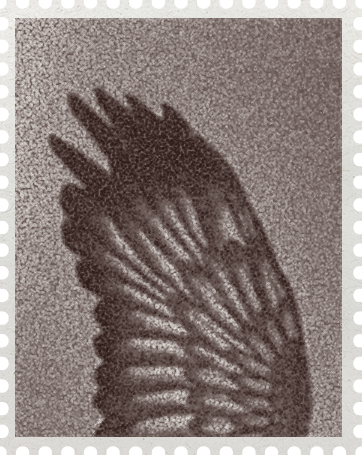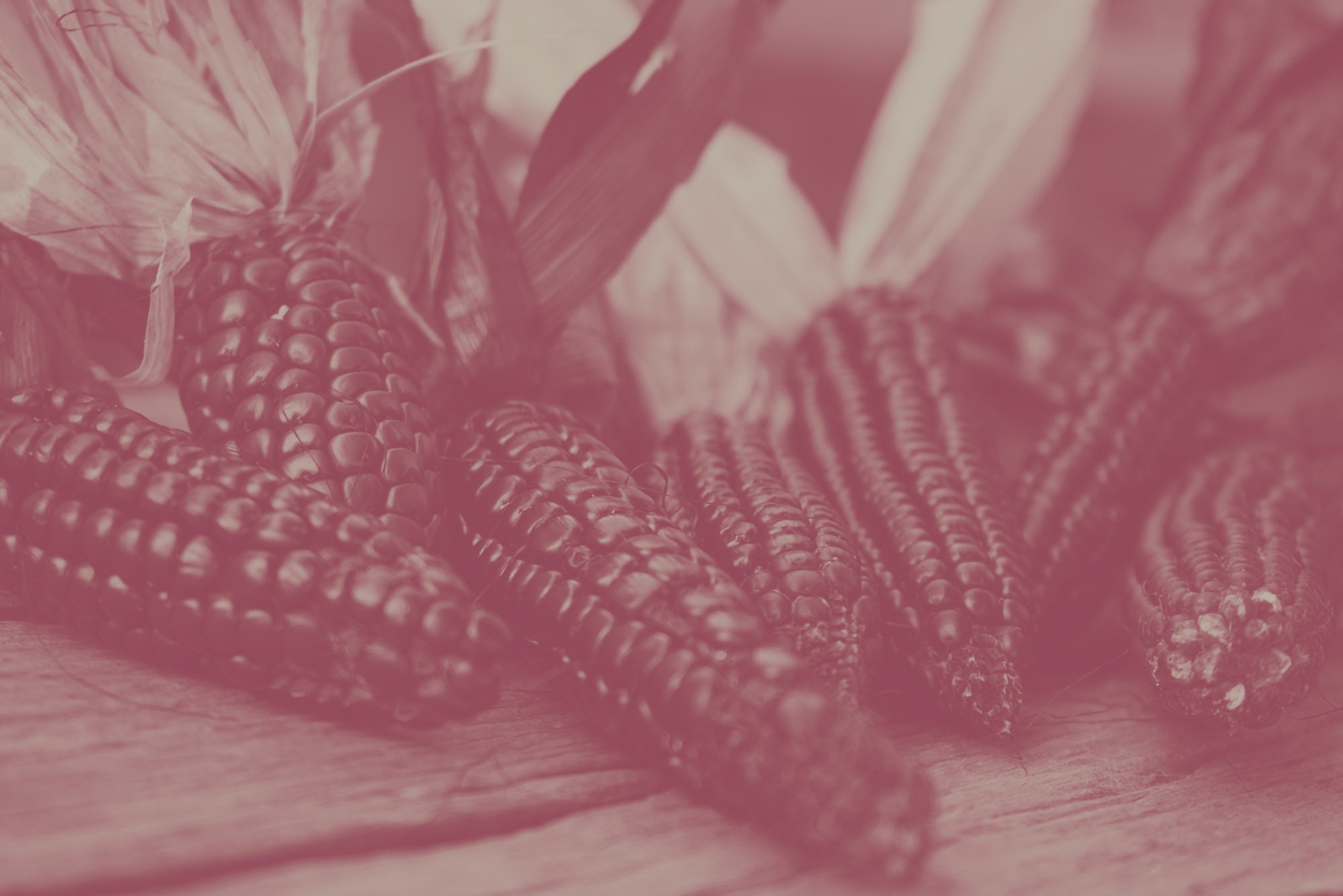
The Mechanics of Circle Process
By Sayra Pinto
Much like the Medicine Wheel, which is layered, circle process is also layered. The first layer of circle is the long-term process of building relationships. The person hosting the circle minds the long term process of building relationships and also creates opportunities to tend to those relationships.

This means that people ought to come together to practice being together and so that this relationship building process can take hold. We often describe hosting very much like hosting people over at our house. When people come over your house, one should work to make sure everyone feels comfortable, welcomed, and invited into the space.
This means that the space should convey caring, that guest’s needs are tended to, and that they are invited to comfortably be themselves in order to share a good time together. We often ask groups what it would be like to go over to someone else’s house and then be told where to sit, who to talk to, when, about what things, and for how long. We ask them if they would be inclined to go back to that kind of gathering. People always say they would not go back because they would not feel comfortable. Although circle process is not a gathering at your house necessarily, at the beginning of the process it is very important to model some of these hosting guidelines. Paying attention to the space where a circle is held is important as is also making sure that you model a sense of well being and comfort with yourself and others in the space. Your hosting practices will impact the success of a long-term relationship building process.

When bringing people together, we invite people into a space where they can practice being together and through which they can engage in that longer-term relationship building process.
These gatherings are also called circles. Such gatherings can have many purposes. People call a circle when they need care or when a group of people need to solve a problem. Others hold a circle when they issue an invitation for people to share time together, learn, share stories, listen to each other, and celebrate.

THE ELEMENTS OF CIRCLE GATHERINGS
The elements of circle gatherings are as follows:
1. The reason for being in circle. The purpose of your circle will determine how you go about preparing for it.
2. The preparation necessary to convene a circle. Here, people think about what the space should be like, whether to use a centerpiece, what should be shared, whether there will be food, how many people to invite and how to go about doing so. Then, they set about the tasks of issuing the invitations, arranging space, designing the centerpiece if there will be one, preparing the food if there will be any, and connecting with people who are invited to the circle.
3. Opening. This can be a ceremony, a prayer, a reading, a song, a video, or any other shared experience that will support everyone to transition into the circle.
4. Greetings. The people hosting the circle introduce themselves, explain its purpose, the use of the talking piece and ask permission to begin the circle.
5. Introductions. The people hosting invite those people in the circle to share how they are and why they decided to be there. There are many questions that can be asked in this first round and we recommend that they be questions that enable everyone to share how they are in that moment so that they can be present with the circle as well.
6. Conversation. This part of the circle is when you do a very specific activity, ask specific questions, and/or open a conversation so that people can deepen or build on their shared experience.
7. Reflection. The people hosting the circle invite everyone to share what has happened for them throughout the experience of the circle. This is the beginning of the closing process for the circle.
8. Closing. A closing can be a ceremony, a prayer, a reading, a song, a video, or any other shared experience that will support everyone’s transition out of the circle and into their regular lives.
9. Follow up. It is critical that appropriate follow up is conducted with everyone who partakes of the shared experience of individual circles as well as the long term process of building relationships. One is never in the position to really know what is happening for everyone in the circle during the actual experience of specific circles, one can only invite sharing. Depending on the level of trauma a person has experienced, opening up can take time. In this manner the implementation of circle process is an invitation to integrate an ethical framework that puts survivors and our relationships with them at the very center of all the work we do in communities. Follow up can mean setting up and keeping individual appointments after the circle(s), making follow up phone calls, creating action plans when someone needs added support and following through, etc. Each situation is different with everyone in the circle and it is important to be comfortable and aware of the need to keep tending to those relationships before, throughout, and after shared circle experience.

The medicine wheel is shown here with its application to circle process
Diagram of the Medicine Wheel and its application to circles process

Get in touch






